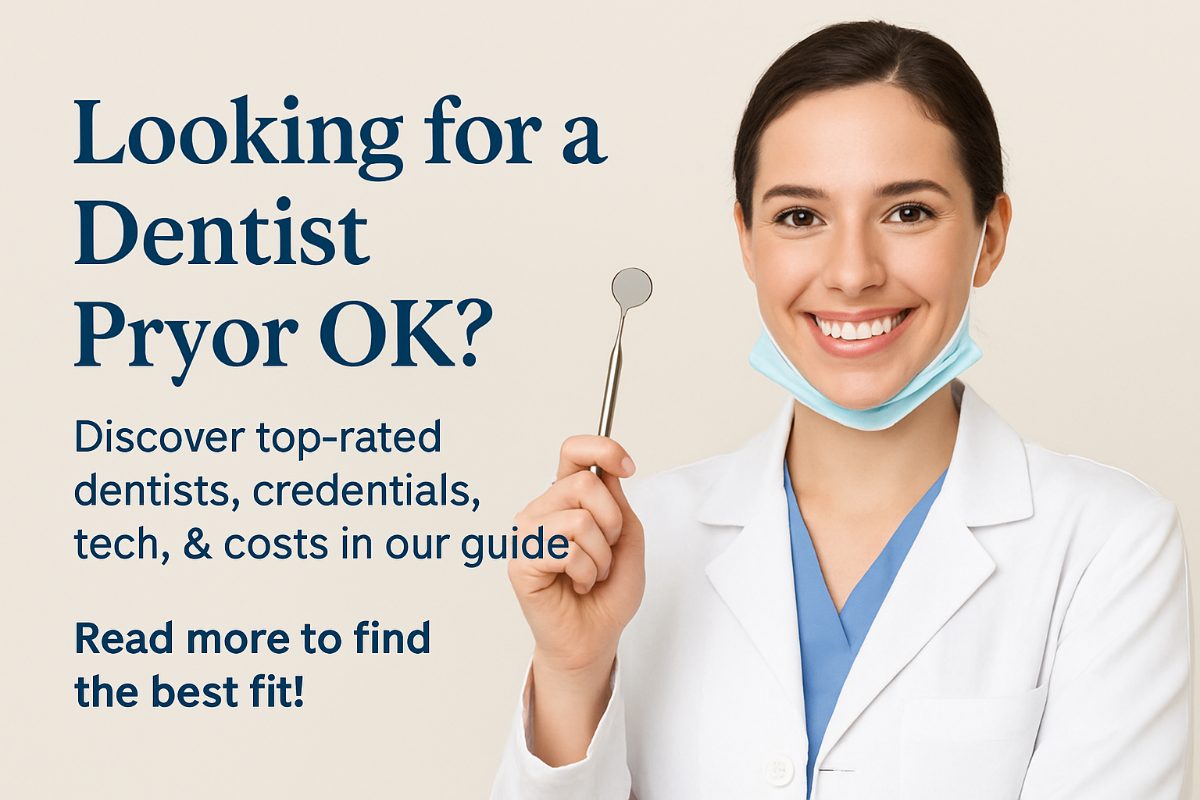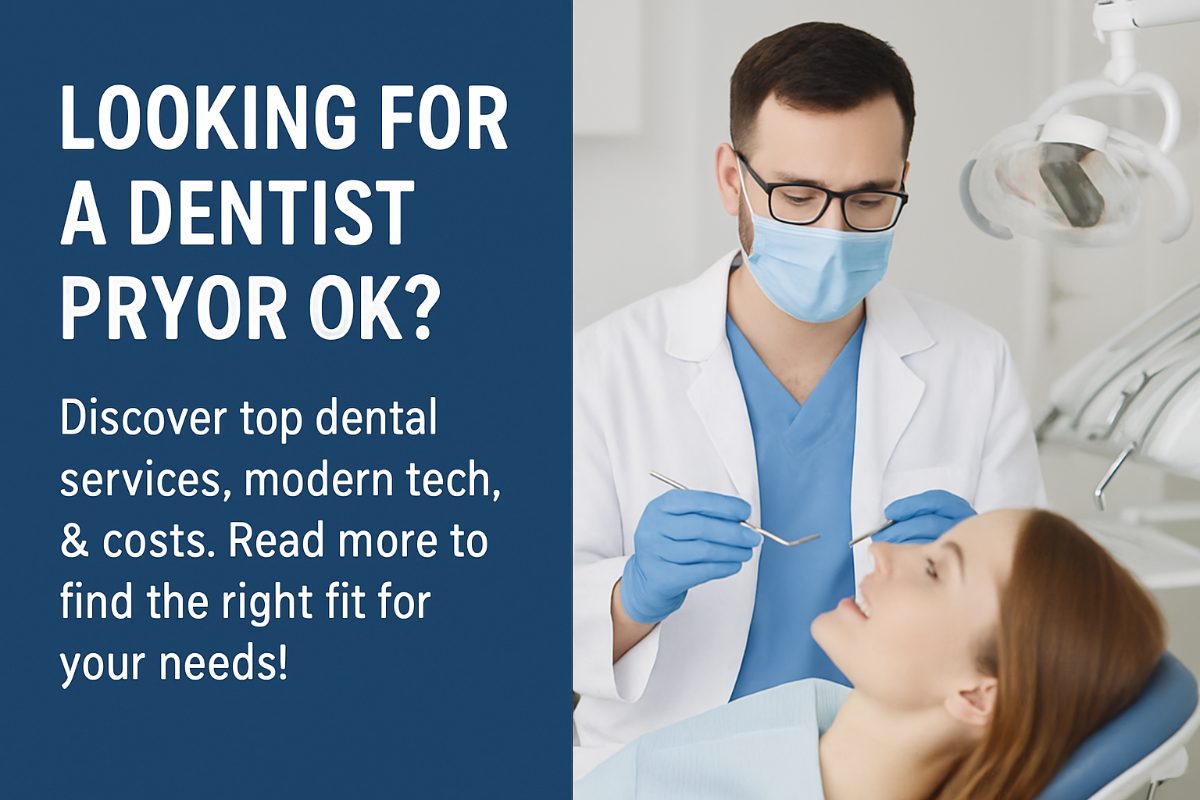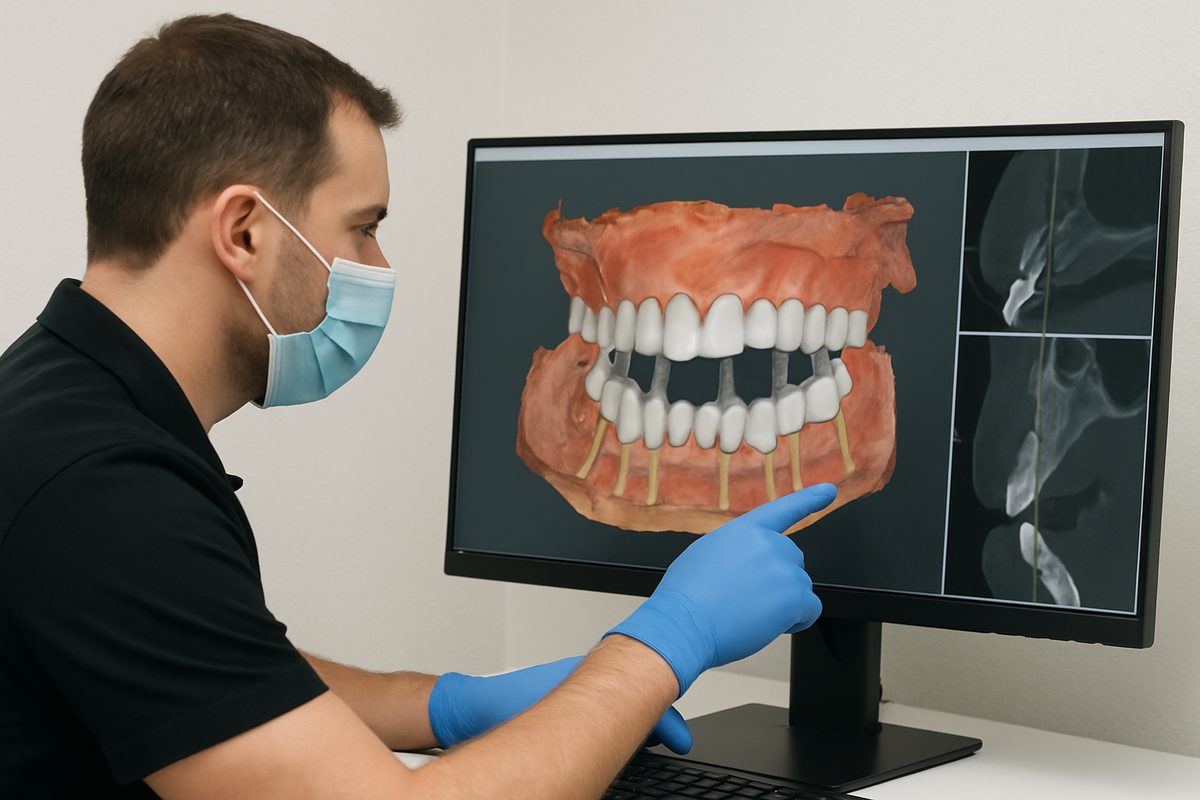Blog - [City], [state]
Tips, Facts, And The
Latest In Dentistry

Why Aren’t All Dentists The Same? (And How To Find The Right One)
Posted in Uncategorized

Many people assume all dentists offer the same care, but that’s not true. Small differences in training, technology, and treatment philosophy change outcomes, comfort, and long-term costs. This guide explains why “all dentists” aren’t the same and gives practical tips you can use in a single visit to find the right fit for your needs — whether you need a routine cleaning, an implant, or a full-mouth rebuild.
How Dental Training and Specialties Differ
Dental school teaches the basics of diagnosis and common treatments, but many dentists pursue extra training. A general dentist handles everyday care and many repairs. Specialists — like endodontists (root canals), periodontists (gums), prosthodontists (complex restorations), and oral surgeons — complete extra residency or board certification. That extra training matters when cases are complex: a specialist is trained for higher-risk or highly technical procedures that a general dentist may refer out.
Differences in Services, Technology, and Treatment Philosophy
Range of services offered
Some offices provide only preventive and basic restorative care. Others offer cosmetic dentistry, implants, orthodontics, and full-mouth reconstruction. If you need advanced work, look for a practice that consistently performs that specific treatment.
Technology and diagnostics
Tools like digital X‑rays, intraoral cameras, and CBCT (3D imaging) improve diagnosis, planning, and safety. These technologies catch problems earlier and allow more precise implant placement or surgery. Practices with modern diagnostics often deliver more predictable outcomes.
Treatment philosophy
Dentists differ on how aggressively they treat problems. Some follow a preventive-first approach, fixing only what’s needed now. Others may recommend earlier intervention or more comprehensive solutions. Neither is right for every patient — your comfort level and long-term goals should guide the choice.
Key Things to Check When Comparing Dentists
Credentials and continuing education
Look for board certifications, specialty training, and recent continuing education. Dentists who stay current are more likely to use best practices and new, safer techniques.
Experience with the treatment you need
Ask about case volume and request before-and-after photos for the specific procedure, such as implants or smile makeovers. Experience reduces surprises.
Patient communication and transparency
Good dentists explain options, costs, timelines, and risks in plain language. Clear treatment plans and written estimates show professionalism and respect for your decision-making.
Questions to Ask at Your First Appointment
How many times have you placed this procedure? What technology do you use for planning? Can I see before/after photos or patient reviews? What are my treatment alternatives and costs? These questions reveal competence and whether the office matches your expectations.
When to Seek Care Beyond a Typical Office
Seek specialized care for complex extractions, severe bone loss, nerve involvement, or full-arch implants. Multi-disciplinary teams and advanced tech are important for these high-stakes cases.
Why Consider Dental Arts of Oklahoma for Complex or All-in-One Care
Not all dentists in Tulsa or the region offer full-scope treatment under one roof. Dental Arts of Oklahoma provides comprehensive general, cosmetic, and implant dentistry across Catoosa, Tulsa, Bixby, Locust Grove, and Nowata.
Dr. Soren Michaelsen and the care team
Dr. Soren Michaelsen leads a team focused on ongoing education and patient-centered care. Their approach balances clinical skill with clear communication and long-term outcomes.
Key technologies and advanced services
The practice uses CBCT, digital X‑rays, intraoral cameras, digital smile design, and All‑on‑4® planning to support predictable results.
Next Steps: How to Choose and Book the Right Dentist
Compare two or three dentists, request consultations, and expect an exam, imaging, and clear options at your visit. Take notes, ask the sample questions above, and choose the practice that matches your comfort level and goals. Ready to discuss your needs? Book a consult to get a personalized plan.




